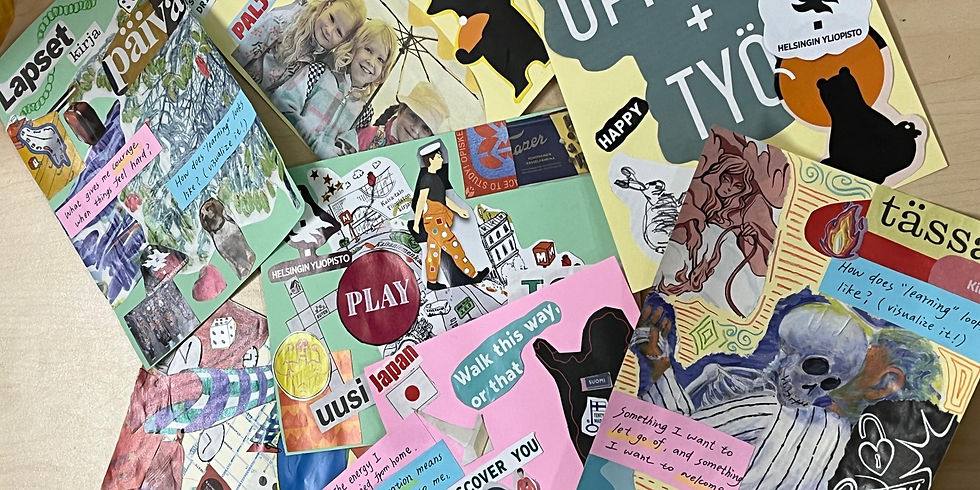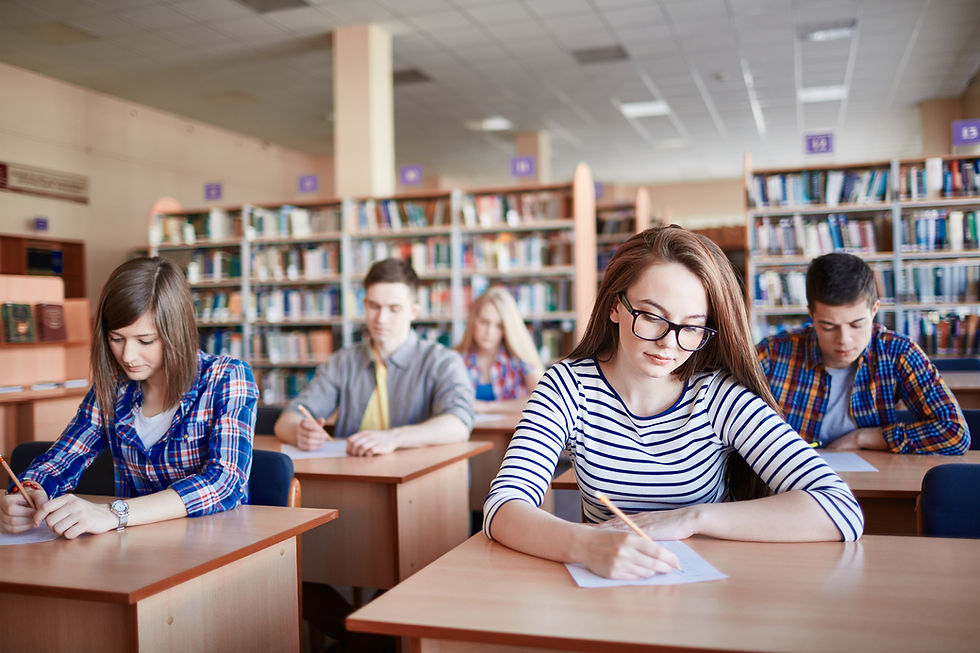Exploring the Psychological Wellbeing of Finnish Educational leaders
- Mark Tarplee

- Sep 9, 2023
- 3 min read
Author: Mark Tarplee
This study contributes to a deeper understanding of personal resources and stress of Finnish school principals.
Back to the beginning
Wellbeing is a fundamental concept of our everyday life. Its presence can be detected and relatively easily recognized, however, the lack of it catches attention even more. Leadership positions are often accompanied with excessive stress as their responsibilities are multifold and occur on different societal levels. School principals’ position and the burdensome nature of their work gained more visibility during the COVID-19 pandemic, which brought extreme stress upon them. Finnish school principals’ elevated stress and burnout also reached worrying proportions in the past years that raised research interest. Job demands rose excessively, undermining their wellbeing. Lately, the primary research focus shifted from school principals’ stress to identifying factors that support wellbeing in their challenging work.
What is it about?
My study examines school principals’ personal resources (psychological flexibility, grit, buoyancy) regarding combating stress and enhancing wellbeing. They have a preventive characteristic, but even more they help combat stress by enduring pain and hardship (grit), by remaining strong and joyful (buoyancy) and by staying in contact with the present moment when challenges arise as thoughts, feelings, and sensations (psychological flexibility). Because wellbeing is subjective in its nature, the different levels of personal resources affect differently the state of wellbeing in everyone.
The theoretical framework is based on wellbeing studies, focusing especially on the eudaimonic (i.e.,how to function well and find meaning) and the subjective nature of it. Wellbeing is also examined through the job demands-resources model, and personal resources.
The data of the study consists of questionnaire data and physiological measurements. The levels of personal resources and self-reported stress were measured by using the extended Copenhagen Psychosocial Questionnaire-II. The physiological measurements were obtained with the mobile heartrate monitoring device Firstbeat BodyGuard 2. Altogether 456 principals answered the questionnaire and 29 participated in the physiological data collection. The data analysis was conducted with Jamovi statistical program, using Pearson correlation and linear regression.
Did you know?
The results showed that Finnish principals’ wellbeing was vitally influenced by the use of personal resources, which were associated with lower levels of stress: 29% of stress variance explained by them. Nevertheless, the sensitivity analysis highlighted that buoyancy itself significantly explained 27% of self-reported stress.
The correlation model between personal resources and physiological stress
indicated that 15% of the measured stress variance could be explained when controlled for age and gender. However, none of the variables in the results showed statistical significance. Even though both self-reported and measured data suggested elevated stress levels, based on the analysis direct association between them could not be assumed due to the small sample size (N=29).
What then?
This study contributes to a deeper understanding of personal resources and stress of Finnish school principals. The more resources involved in the person’s everyday processes at work the better wellbeing states can be obtained as these resources are also intertwined and strengthen each other. Developing their personal resources would improve their sense of competence and diminish their stress factors at the same time. Studying school principals’ wellbeing has far-reaching effects not only on principals themselves but also on their wider work environment. Their central position directly affects the school climate. Thus, if school principals manage well in their work and can combat challenges while effectively using their personal resources, they also set an example and can inspire both the teachers and students. By creating a positive atmosphere through successful stress management, school principals positively influence the development of a growth mindset within the
school.
Access to full thesis
The full thesis can be found here
--------------------------------------------------------------------------------------------------------------

Mark Tarplee is a double masters student at the University of Helsinki. He has graduated from the masters programme in Changing Education and also in Contemporary Societies in the faculty of Social Sciences. He is from the UK originally and completed his bachelors degree in Sociology in 2013 at the University of Leeds. He is passionate about wide ranging subjects, but specifically the role of technology in education, health and wellbeing, power structures in society and antiracism.
Key Words: Sleep, Stress, Psychological wellbeing, Educational leaders, JD-R theory, COVID-19
--------------------------------------------------------------------------------------------------------------




Comments